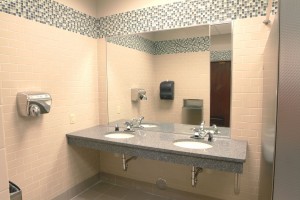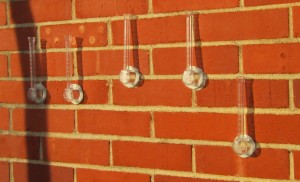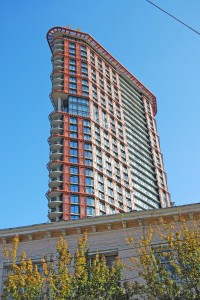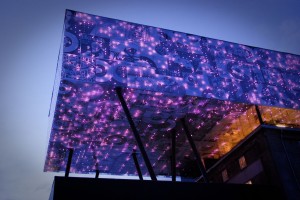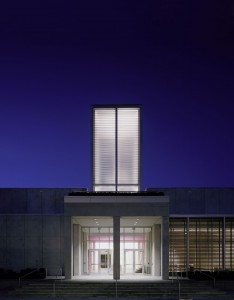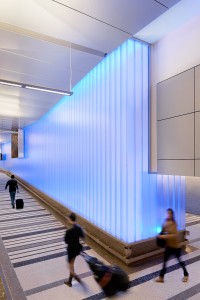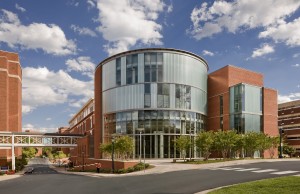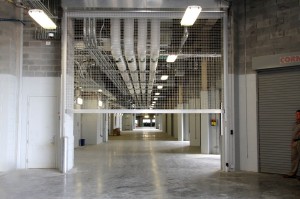As of next January, a new law requires any valve, fitting, or fixture coming in contact with potable water to be lead-free. What does this mean for specifiers and architects choosing plumbing systems? What are product manufacturers doing now to ensure a smooth transition?
+ Read More
|
Water repellents can be confusing, from the imprecise terminology (i.e. sealers versus coatings versus sealants) to the wide variety of chemistries available. There can also be a stigma associated with repellents—many consultants are concerned about negative side effects.
+ Read More
|
RILEM tubes can be used to assess a substrate’s resistance to water absorption, to compare the absorption before and after treatment with a water repellent, and to evaluate the durability of a repellent by periodically measuring absorption.
+ Read More
|
Though many designers are familiar with various types of corrosion protection systems, few realize the intrinsic value of using two in tandem. Duplex systems grant a project the protection of hot-dip galvanized steel, while allowing a desired color/aesthetic using paint or powder coating.
+ Read More
|
Digital printing on glass is a relatively new way for architects and designers to add high-resolution multi-color design elements to building exteriors and interiors. It uses specialized software to create electronic files the digital printer can use to deposit ceramic ink onto the glass surface through a print head.
+ Read More
|
Grafted onto the 19th-century brick remains of Georgia’s Savannah College of Art and Design (SCAD), Museum of Art is a 26-m (86-ft) tall, semi-transparent channel glass tower, the first application to use hurricane-rated channel glass in a horizontal, dual-glazed configuration without additional support.
+ Read More
|
Building and design teams can use channel glass systems to create visual statements. Some popular methods for heightening interest include altering the surface treatment, varying the channels’ orientation, and adding backlights.
+ Read More
|
U-shaped, linear cast-glass channels can provide design teams with a distinctive architectural feature while contributing to high-performance building design. This article presents considerations for design teams working to specify channel glass applications suitable for projects with multiple performance needs.
+ Read More
|
This article reviews issues and considerations around specifications when architectural door hardware is supported with various electronic access control hardware, as governed by various code compliances and industry standards.
+ Read More
|
Design/construction professionals are faced with evolving requirements that couple the demands for environmental separation and access control, while still maintaining fire protection and emergency egress for building occupants.
+ Read More
|
|
|


